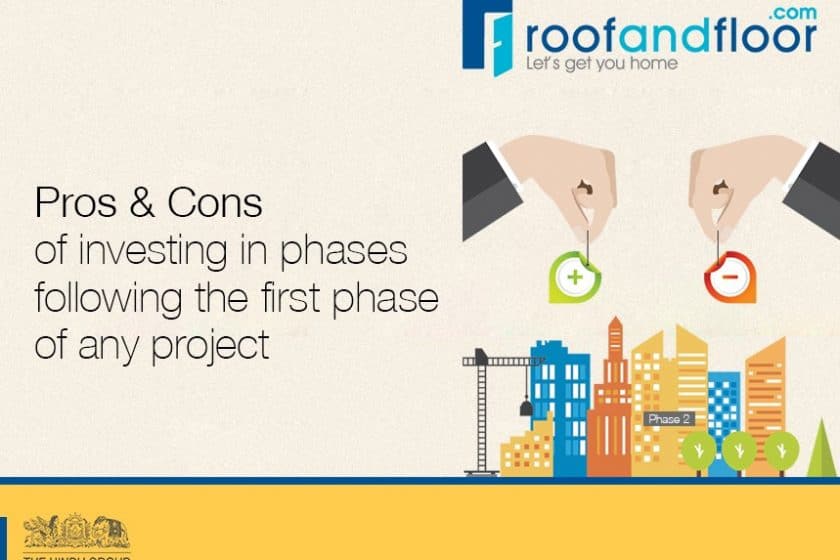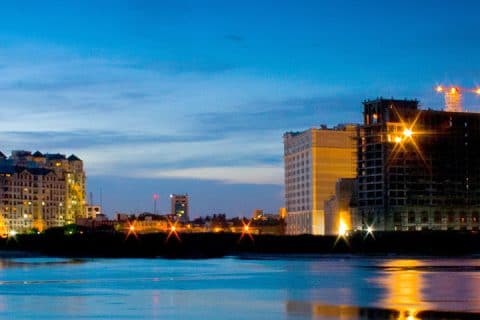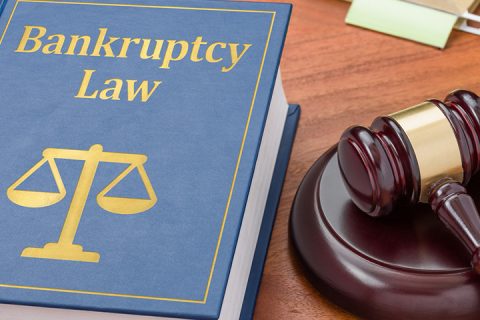Over the past couple of decades, there has been a considerable improvement in the quality and design of the projects being constructed by renowned developers. This in turn has led to the development of some extremely high-quality projects, whose phenomenal success made the developers to announce consecutive phases of the same. However, it has also given rise to the question of whether investing in these successive phases will prove as beneficial to the investors as investing in the first phase.
Advantages of Investing in New Phases
Sale and Delivery of Units Is Generally Easier
For most developers, completing the first phase of a multi-phase project in a successful manner is indicative of their good development capabilities. This helps in establishing the reliability and trustworthiness of the developers amongst prospective clients. As a result, the sales, and marketing team has to put in less effort in convincing the prospective clients, thus maintaining a healthy sales and revenue record for the developer. Healthy revenue is essential to ensure that the developers are able to deliver the projects at a faster pace and in time.
Ease the Task of Decision Making
With the development of phase 1 of a project, the developers are able to provide their clients with a ready reckon for the property they would be putting their money in. They can get firsthand information about the specifications, amenities and other aspects of the property to help them make the right investment decision. They rely on facts rather than guesswork and speculation which will naturally simplify the task of decision making.
Easy Availability of Bank Loans:
In projects, where the first phase has been completed and delivered in a successful manner, clients find it easier to get a loan for investment in the subsequent phases. This is because for most such projects, the banks have already verified all the necessary details about the property as well as the developer. This reduces the loan application processing time and ensures that most of the speculations of the banks about lending the amount are already answered.
Lower Maintenance Costs
Generally ensuring full occupancy in a new project is quite difficult which means that the maintenance costs are split only between the current residents. However, in a multi-phase project with the first phase is completed and sold out, ensuring the full occupancy of subsequent phases is not that difficult and this automatically brings down the maintenance costs.
Disadvantages of Investing in New Phases
One of the biggest disadvantages of investing in the subsequent phases of a project is that the investors might be required to pay a slightly higher price as compared to similar units in the first phase. This might reduce the profit margin significantly due to the reduction in the chances of rise in property prices by large margins. Moreover, the subsequent phases might not turn out to be as profitable due to the fluctuations in economic scenarios and any unforeseen delays in project completion and delivery.
Best Plan of Action for Investors
In order to make their investment truly secure and profitable, it is advisable for the investors to personally interact with the investors of the first phase. These sessions should be aimed at seeking relevant information about the various aspects of investing in the project including issues such as ease of transactions, adherence to the promises made by the developers and an honest revelation of various facts related to the project by the developer. This will give the investors a fair idea about the type of deal they can look forward to. It will also caution them against any delays in delivery due to developer negligence or other such factors that may have negative consequences at a later stage.





